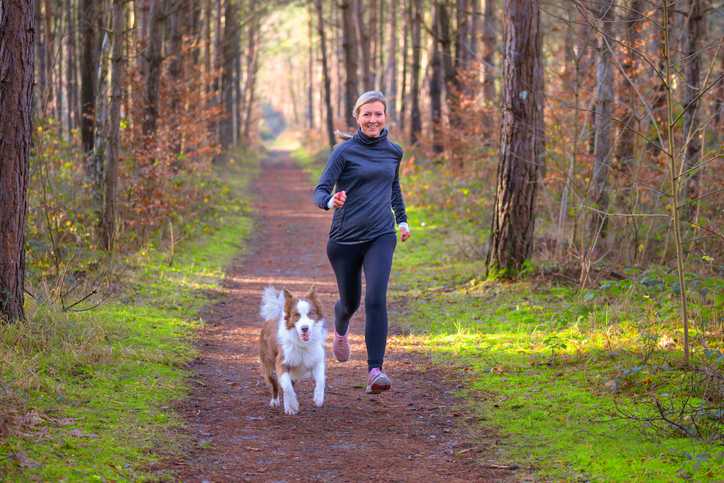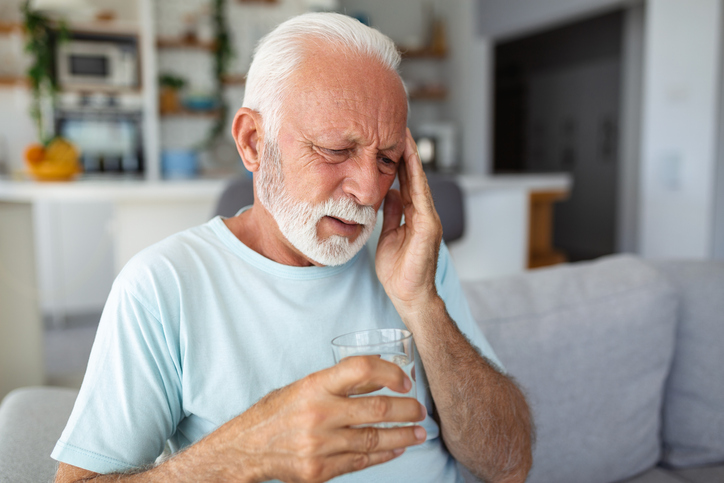
Here are the top stories covered by DocWire News this week in the Rheumatology section. In this edition, read about the UK’s conditional approval of a plaque psoriasis treatment, the correlation between tea and fractures, the differences in fat and lean mass regarding back pain, and the benefits associated with partial knee replacement.
AbbVie’s drug Skyrizi (risankisumab) has been recommended by the United Kingdom’s National Institute for Health and Care Excellence (NICE) as a second-line treatment for moderate-to-severe plaque psoriasis. NICE’s recommendation comes with several conditions, according to a final appraisal document. Patients should only start taking Skyrizi if they have severe disease, defined as a total Psoriasis Area and Severity Index (PASI) ≥ 10 and a Dermatology Life Quality Index (DLQI) > 10. Skyrizi should also only be considered an alternative treatment after failure with ciclosporin, methotrexate, and phototherapy, or if these other therapies cannot be tolerated. Treatment should be terminated if patients do not respond to Skyrizi within 16 weeks, with response defined as a 75% PASI score reduction or 50% PASI score reduction and five-point DLQI reduction, both from baseline.
People with a regular tea habit may be lowering their risk for fracture. In this meta-analysis, The researchers queried PubMed, Web of Science, and Embase databases for relevant studies through March 2019. The final analysis encompassed data on 772,707 total patients and 37,166 fracture cases. “The [pooled relative risks] (95% [confidence interval]) of fracture for the highest versus lowest category of tea consumption were 0.86 (0.78–0.94),” the authors found. “Subgroup analysis indicated significant associations in cohort studies (0.90 (0.86–0.94)) and case-control studies (0.77 (0.69–0.85)).” Past studies have found similar outcomes.
Patients with a higher body mass index (BMI) and more fat mass—but not lean mass—have a significantly greater risk of high intensity low back pain and disability. The study included 123 patients (mean age, 48.6 years; 78% of patients were female), and the mean BMI was 32.0 kg/m2—classified as obese. Overall, 31.7% of the study population reported high intensity back pain at baseline, follow-up, or both; 12.2% said they had persistent levels of high intensity back pain, 8.9% were developing high intensity back pain, and 10.6% had resolving back pain during the course of the study. Patients with high intensity back pain at any point during the study, compared to those who did not experience high intensity back pain, had a higher mean BMI [mean BMI (SD) for resolving pain 36.5 (7.5), developing pain 37.0 (9.5), persistent pain 36.4 (7.9), no high intensity back pain 29.7 (7.5); P < 0.001] and poorer mental health status [mean MCS (SD) for resolving pain 42.1 (15.6), developing pain 42.0 (16.9), persisting pain 40.5 (15.0), no high intensity back pain 48.9 (11.7); P = 0.003]. The researchers further observed that body composition—not just BMI—played a role in back pain.
When performed by the right surgeon, partial knee replacement (PKR) may be equally as effective as total knee replacement (TKR) in patients with late-stage isolated medial compartment osteoarthritis. Patients with isolated osteoarthritis of the medial compartment of the knee were randomized 1:1 to receive PKR or TKR by an expert surgeon. The primary outcome was five-year Oxford Knee Score (OKS). OKS was not significantly different between the groups after five years (mean difference 1.04, 95% CI −0.42 to 2.50; P = 0.159). There were no significant differences in the other secondary outcomes after five years, including the American Knee Society Score; University of California, Los Angeles Activity Score; High Activity Arthroplasty Score; Lund Satisfaction Score; and frequency of complications. Patients also answered questions pertaining to satisfaction, knee problems before versus after surgery, and whether they would undergo the procedure again; these answers did not largely differ between the groups. However, the PKR patients had a significantly better EuroQol EQ-5D visual analog scale score compared to the TKR group (mean difference 1.04, 95% CI −0.42 to 2.50; P = 0.159).







 © 2025 Mashup Media, LLC, a Formedics Property. All Rights Reserved.
© 2025 Mashup Media, LLC, a Formedics Property. All Rights Reserved.